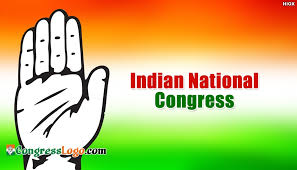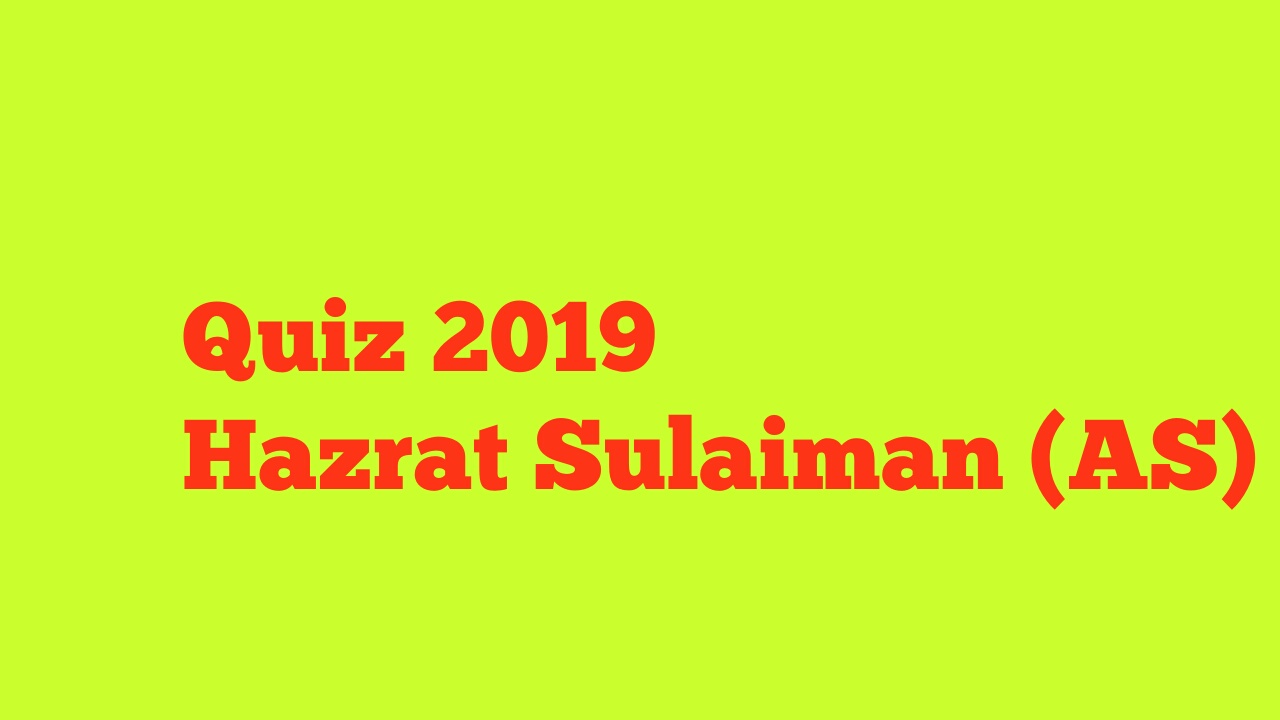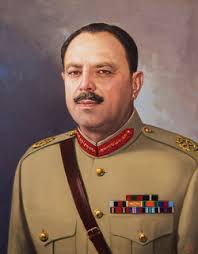Answers of Quiz 1868 (Indian National Congress)
1. On 28 December 1885 (132 years ago)
2. Allan Octavian Hume, Dadabhai Naoroji & Dinshaw Wacha
3. Womesh Chunder Bonnerjee
4. The 1st Phase of Congress is called Moderate Phase. It lasted from 1885 to 1905. This period was dominated by leaders like Dadabhai Naoroji & Gopal Krishna Gokhale.
5. The 2nd Phase of Congress is called the Militant Stage. It lasted from 1905 to 1918. It consisted of extremists like Arabinda Ghosh, Bipin Chandra Pal, Lala Lajpat Rai, Bal Gangadhar Tilak & Sarinder Nath. Many prominent Muslims left Congress during this stage.
6. The 3rd Phase of Congress is called Gandhian Period. It lasted from 1919 to 1947. This period was totally dominated by Gandhi who throughout remained the mastermind behind the policies of Congress.
7. Indian National Congress & All India Muslim League jointly held their session in Lucknow in 1916 to reach an agreement between them. This agreement is also called Lucknow Pact or Congress-League Scheme.
8. 9 years (from 1904 to 1913)
9. Quaid-e-Azam resigned from Congress when it agreed to follow a campaign of Satyagraha, advocated by Gandhi.
10. In 1920
11. In 1924
12. At the Congress' 1929 Lahore Session under the presidency of Jawaharlal Nehru, Purna Swaraj (complete independence) was declared as the party's goal, declaring 26 January 1930 as Purna Swaraj Diwas, Independence Day.
13. In response of Simon Commission Report
14. Only in 2nd Round Table Conference
15. 36/375
16. Bengal = 54/250, UP = 134/228, Madras = 159/215, Punjab = 18/175, Bombay = 86/175, Bihar = 98/152, CP = 70/112, Assam = 35/108, Sindh = 07/60, Orissa = 36/60, KPK = 19/50 (Total = 716/1585)
17. Maulana Abul Kalam Azad
18. In 1942
19. 57/375
20. Bengal = 87/250, UP = 153/228, Madras = 165/215, Punjab = 51/175, Bombay = 128/175, Bihar = 98/152, CP = 92/112, Assam = 58/108, Sindh = 21/60, Orissa = 47/60, KPK = 30/50 (Total = 930/1585)
21. 8 Muslims (Badaruddin Tayabji in 1887, Rahimatullah Muhammad Sayani in 1896, Nawab Syed Muhammad Bahadur in 1913, Syed Hasan Imam in 1918, Hakim Ajmal Khan in 1921, Maulana Muhammad Ali Jauhar in 1923, Maulana Abul Kalam Azad in 1923 & 1940-1946 & Mukhtar Ahmed Ansari in 1927)
22. Maulana Abul Kalam Azad
23. Sonia Gandhi
24. Social democracy, Democratic socialism, Social liberalism, Gandhian socialism, Secularism
25. 24, Akbar Road, New Delhi
26. 45/545
27. 60/245
28. Hand
29. 6 times
30. 4 times
31. 49 years
32. 6 persons (Jawaharlal Nehru, Gulzarilal Nanda, Lal Bahadur Shastri, Indira Gandhi, PV Narasimha Rao & Manmohan Singh)
33. 8 persons (Rajendra Prasad, Fakhruddin Ali Ahmed, BD Jatti, Zail Singh, R. Venkataraman, Shankar Dayal Sharma, KR Narayanan & Pratibha Patil
2. Allan Octavian Hume, Dadabhai Naoroji & Dinshaw Wacha
3. Womesh Chunder Bonnerjee
4. The 1st Phase of Congress is called Moderate Phase. It lasted from 1885 to 1905. This period was dominated by leaders like Dadabhai Naoroji & Gopal Krishna Gokhale.
5. The 2nd Phase of Congress is called the Militant Stage. It lasted from 1905 to 1918. It consisted of extremists like Arabinda Ghosh, Bipin Chandra Pal, Lala Lajpat Rai, Bal Gangadhar Tilak & Sarinder Nath. Many prominent Muslims left Congress during this stage.
6. The 3rd Phase of Congress is called Gandhian Period. It lasted from 1919 to 1947. This period was totally dominated by Gandhi who throughout remained the mastermind behind the policies of Congress.
7. Indian National Congress & All India Muslim League jointly held their session in Lucknow in 1916 to reach an agreement between them. This agreement is also called Lucknow Pact or Congress-League Scheme.
8. 9 years (from 1904 to 1913)
9. Quaid-e-Azam resigned from Congress when it agreed to follow a campaign of Satyagraha, advocated by Gandhi.
10. In 1920
11. In 1924
12. At the Congress' 1929 Lahore Session under the presidency of Jawaharlal Nehru, Purna Swaraj (complete independence) was declared as the party's goal, declaring 26 January 1930 as Purna Swaraj Diwas, Independence Day.
13. In response of Simon Commission Report
14. Only in 2nd Round Table Conference
15. 36/375
16. Bengal = 54/250, UP = 134/228, Madras = 159/215, Punjab = 18/175, Bombay = 86/175, Bihar = 98/152, CP = 70/112, Assam = 35/108, Sindh = 07/60, Orissa = 36/60, KPK = 19/50 (Total = 716/1585)
17. Maulana Abul Kalam Azad
18. In 1942
19. 57/375
20. Bengal = 87/250, UP = 153/228, Madras = 165/215, Punjab = 51/175, Bombay = 128/175, Bihar = 98/152, CP = 92/112, Assam = 58/108, Sindh = 21/60, Orissa = 47/60, KPK = 30/50 (Total = 930/1585)
21. 8 Muslims (Badaruddin Tayabji in 1887, Rahimatullah Muhammad Sayani in 1896, Nawab Syed Muhammad Bahadur in 1913, Syed Hasan Imam in 1918, Hakim Ajmal Khan in 1921, Maulana Muhammad Ali Jauhar in 1923, Maulana Abul Kalam Azad in 1923 & 1940-1946 & Mukhtar Ahmed Ansari in 1927)
22. Maulana Abul Kalam Azad
23. Sonia Gandhi
24. Social democracy, Democratic socialism, Social liberalism, Gandhian socialism, Secularism
25. 24, Akbar Road, New Delhi
26. 45/545
27. 60/245
28. Hand
29. 6 times
30. 4 times
31. 49 years
32. 6 persons (Jawaharlal Nehru, Gulzarilal Nanda, Lal Bahadur Shastri, Indira Gandhi, PV Narasimha Rao & Manmohan Singh)
33. 8 persons (Rajendra Prasad, Fakhruddin Ali Ahmed, BD Jatti, Zail Singh, R. Venkataraman, Shankar Dayal Sharma, KR Narayanan & Pratibha Patil




Comments
Post a Comment